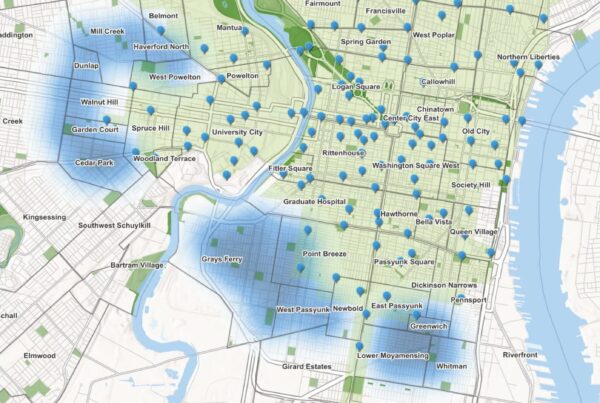Research by the Transportation Sustainability Research Center | December 1, 2011
Abstract
Since the late 1990s, numerous ridematching programmes have integrated the Internet, mobile phones, and social networking into their services. Online ridematching systems are employing a range of new strategies to create “critical mass”: (1) regional and large employer partnerships, (2) financial incentives, (3) social networking to younger populations, and (4) real-time ridematching services that employ “smartphones” and automated ridematching software. Enhanced casual carpooling approaches, which focus on “meeting places”, are also being explored. Today, ridesharing represents approximately 8–11%of the transportation modal share in Canada and the USA, respectively. There are approximately 638 ridematching programmes in North America. Ridesharing’s evolution can be categorized into five phases: (1) World War II car-sharing (or carpooling) clubs; (2) major responses to the 1970s energy crises; (3) early organized ridesharing schemes; (4) reliable ridesharing systems; and (5) technology-enabled ridematching. While ridesharing’s future growth and direction are uncertain, the next decade is likely to include greater interoperability among services, technology integration, and stronger policy support. In light of growing concerns about climate change, congestion, and oil dependency, more research is needed to better understand ridesharing’s impacts on infrastructure, congestion, and energy/emissions.



